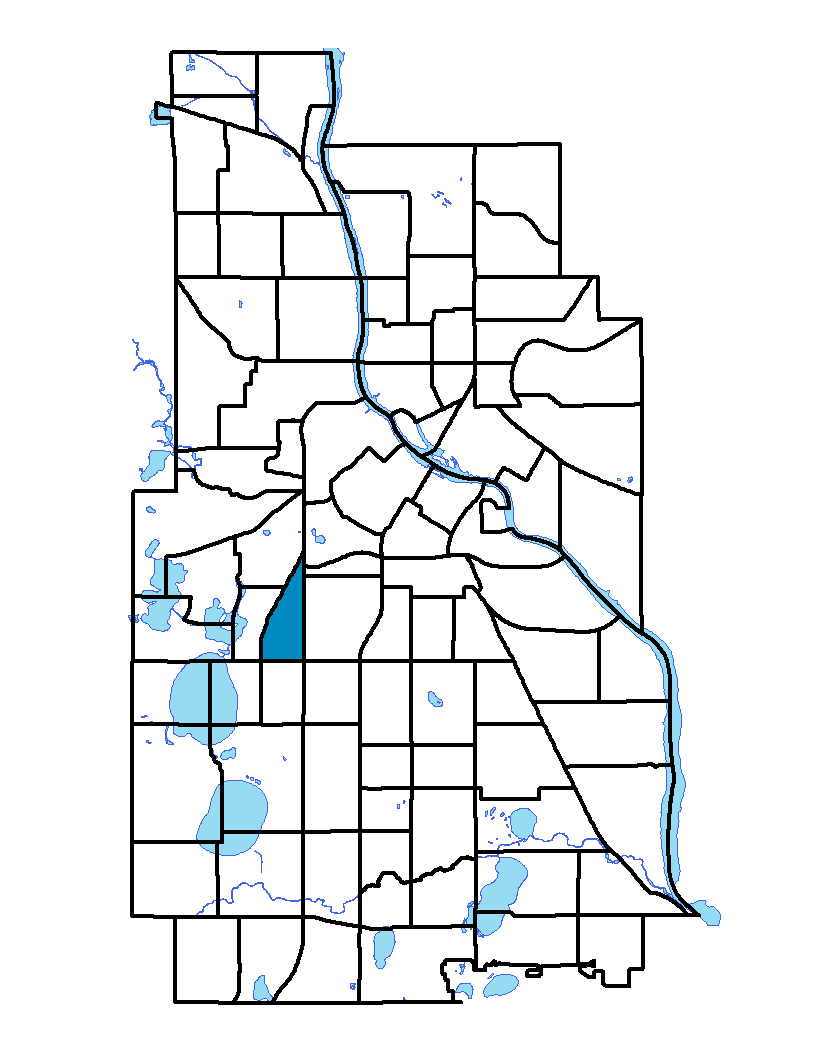Lowry Hill East is in the Calhoun-Isles community and is bounded by Lake Street on the south, Hennepin Avenue on the west, Lyndale Avenue on the east, and the conjunction of Hennepin and Lyndale on the north. Because of its roughly triangular shape, Lowry Hill East is sometimes called "the Wedge." Lowry Hill East is named after Thomas Lowry, one of Minneapolis' original residents and developers. The Neighborhood began its life as a community in the 1880s with the arrival of Thomas Lowry's public transportation system, the horse-drawn streetcar line. Lowry Hill East has a diversity of housing ranging from elegant turn-of-the-century residences to large, modern apartment buildings. Many of the larger homes have become converted to multiple-unit housing. Amenities in and near the neighborhood include proximity to downtown and a variety of shops, restaurants, food markets, service businesses and nearby cultural attractions.
To learn more about the neighborhood association visit: www.thewedge.org
Indicator Details
| Indicators | Primary Domain | Indicator Value |
Rank |
Tier |
|---|---|---|---|---|
| High School Graduation Rate | Educational Opportunities | -% | - | Data N/A |
| School Readiness Scores | Educational Opportunities | -% | - | Data N/A |
| Food Desert | Neighborhood Characteristics | -% | - | Data N/A |
| School Proximity to Traffic | Environmental Hazards | 0.0% | 1 | Top |
| Proximity to Superfund Sites | Environmental Hazards | 0.0% | 1 | Top |
| Walkability | Neighborhood Characteristics | 92 | 2 | Top |
| Employment Rate | Employment Opportunities | 81.3% | 3 | Top |
| Offsite Alcohol Outlets | Neighborhood Characteristics | 1 | 6 | Top |
| Household Transportation Costs | Transportation | 13.5% | 7 | Top |
| Transit Accessibility | Transportation | 671.1 | 8 | Top |
| Age of Housing | Housing | 73.2% | 18 | Top |
| Commute Mode Share | Transportation | 38.3% | 20 | Top |
| Business Retention | Economic Health | 4.0% | 23 | Top |
| Chronic School Absence | Health Systems and Public Safety | 42.3% | 24 | Top |
| Preschool Enrollment | Educational Opportunities | 62.5% | 24 | Top |
| Reading Proficiency | Educational Opportunities | 15.3% | 26 | Top |
| Adult Educational Attainment | Educational Opportunities | 95.0% | 28 | Top |
| Pedestrian Connectivity | Transportation | 148.7 | 28 | Top |
| Excessive Housing Cost Burden | Housing | 27.3% | 36 | Middle |
| Public Assisted Households | Employment Opportunities | 14.0% | 37 | Middle |
| Local Business Vitality | Economic Health | 55.3% | 42 | Middle |
| Residential Proximity to Traffic | Environmental Hazards | 7.6% | 45 | Middle |
| Access to Mainstream Financial Services | Economic Health | 25.0% | 46 | Middle |
| Toxic Releases from Facilities | Environmental Hazards | 4.5% | 48 | Middle |
| Vacancy Rates | Housing | 8.6% | 53 | Middle |
| Travel Time to Work | Employment Opportunities | 22.8 minutes | 54 | Middle |
| Tree Cover | Natural Areas | 27.3% | 55 | Middle |
| Voter Participation | Social Cohesion | 21.3% | 55 | Middle |
| Long-Term Unemployment | Employment Opportunities | 6.5% | 56 | Middle |
| Low Birth Weight | Health Systems and Public Safety | 9.8% | 58 | Middle |
| Preventable Hospitalizations | Health Systems and Public Safety | 5.4 | 63 | Bottom |
| Violent Crime | Health Systems and Public Safety | 88.9 | 72 | Bottom |
| Residential Mobility | Social Cohesion | 65.5% | 75 | Bottom |
| Blood Lead Levels in Children | Housing | 9.8% | 75 | Bottom |
| Access to Parks and Open Space | Natural Areas | 0.7% | 81 | Bottom |
| Motor Vehicle Collisions | Health Systems and Public Safety | 74.9 | 82 | Bottom |
| Proximity to Brownfield Sites | Environmental Hazards | 47.0% | 87 | Bottom |

